
I’ve been working as a previz artist for a decade now and it feeds into everything I do! For the uninitiated, a previz artist is someone who is tasked with creating a sequence for a movie in pre-production, usually involving a lot of Visual Effects. We use accurate camera data so that when we finish, production understands how they can shoot the sequence. This way, they don’t waste a bunch of time trying to figure out what to do on the day of the shoot. During this process, we wear a lot of hats and get a lot of creative freedom most of the time. It’s a perfect playground for learning effective storytelling.
So, how does this effect my writing and vice versa? A sequence is sort of like a mini-story when you boil it down. It might be simple, “Character has to get from point A to B, but C is in the way.” or something, but then our job is to make that sequence as exciting and unique as possible. No simple task considering audiences have “Seen it all.” But in getting feedback from some excellent directors, I learned their storytelling techniques on a small scale. From there, I applied what I’ve learned over the years to long-form storytelling.
For example: When I approach a scene—we’ll use an action scene to keep this exciting, but it works in all scenes—I treat every sentence like a shot. I pay careful attention to the environment and where everyone is located within it. I have outlined my novel ahead of time, so I know what needs to be accomplished in the scene, but not exactly HOW it is accomplished (this is the fun part). It works this way in my job sometimes too, where we have the setup and the goal, but not the fun bit between them. So I use all the elements I’ve been given and ask myself, “how do I keep everyone in the scene busy and accomplish the goal while remaining exciting and unique?” Start with the environment, because most likely, that’s the most unique part of your arsenal and work down to a character level. Keep everyone busy, and think about how they can use the environment in interesting ways. For example, In IN THE ORBIT OF SIRENS, two characters are fighting on top of a downed spaceship. I chose to have the character who has a remote link to the ship kick his opponent near the turret gun and then trigger the turret to swing sideways and knock his opponent off the ship. I knew they were “on the ship,” and a unique element was “the turret gun,” and I knew that the one character had to get his opponent off the ship, so instead of simply pushing him off, I had them struggle, and the end result was using a spaceship to pistol-whip his opponent instead. Way more exciting, unique, and uses all my tools.
It’s a fun way to approach sequences, and when I’m writing this way, I’m often smiling the whole time because it’s so enjoyable.
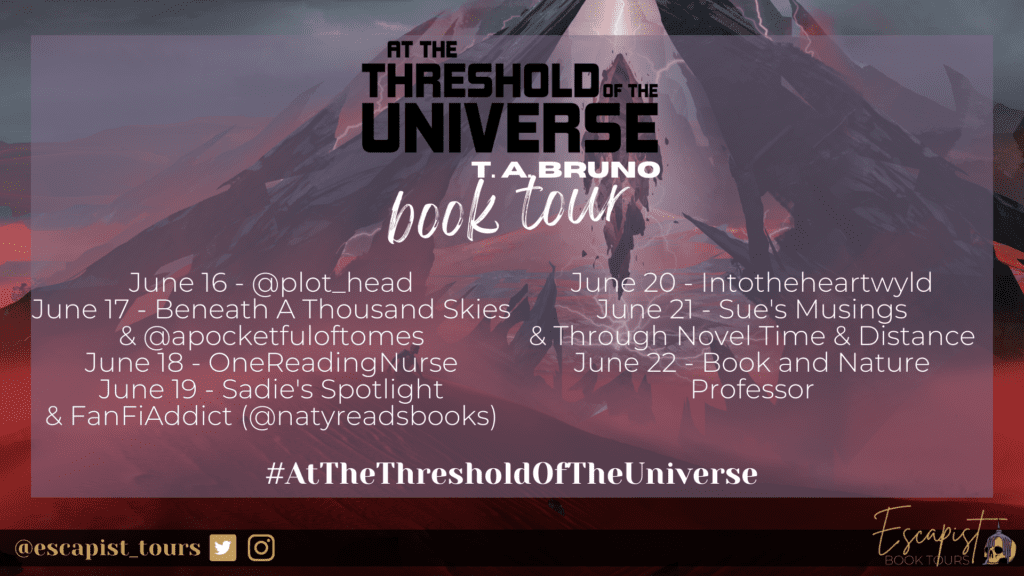
About the Author
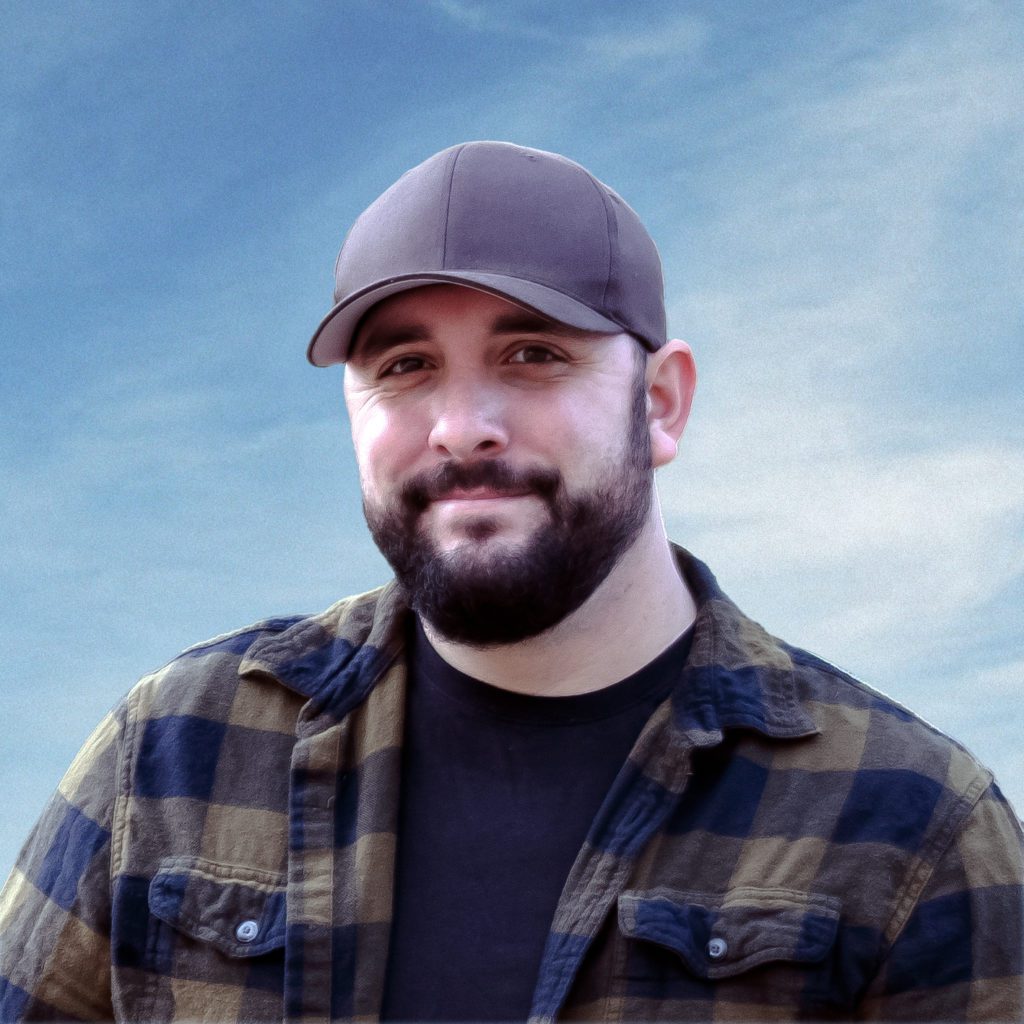
T. A. Bruno grew up in a suburb south of Chicago and moved to Los Angeles to pursue a career in the film industry. Since then, he has brought stories to life for over a decade as a previsualization artist. At home, he is the proud father of two boys and a husband to a wonderful wife.
Author Website: TABruno.com
Instagram: https://www.instagram.com/TABrunoAuthor/
Twitter: https://twitter.com/TABrunoAuthor
Facebook: https://www.facebook.com/TABrunoAuthor

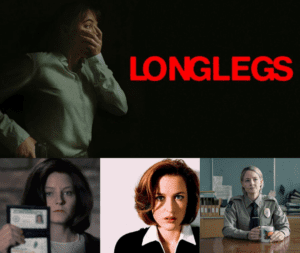
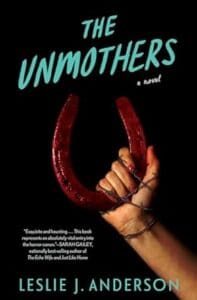
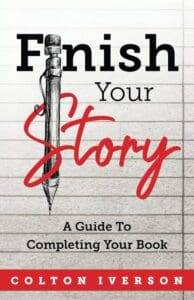
Leave a Reply